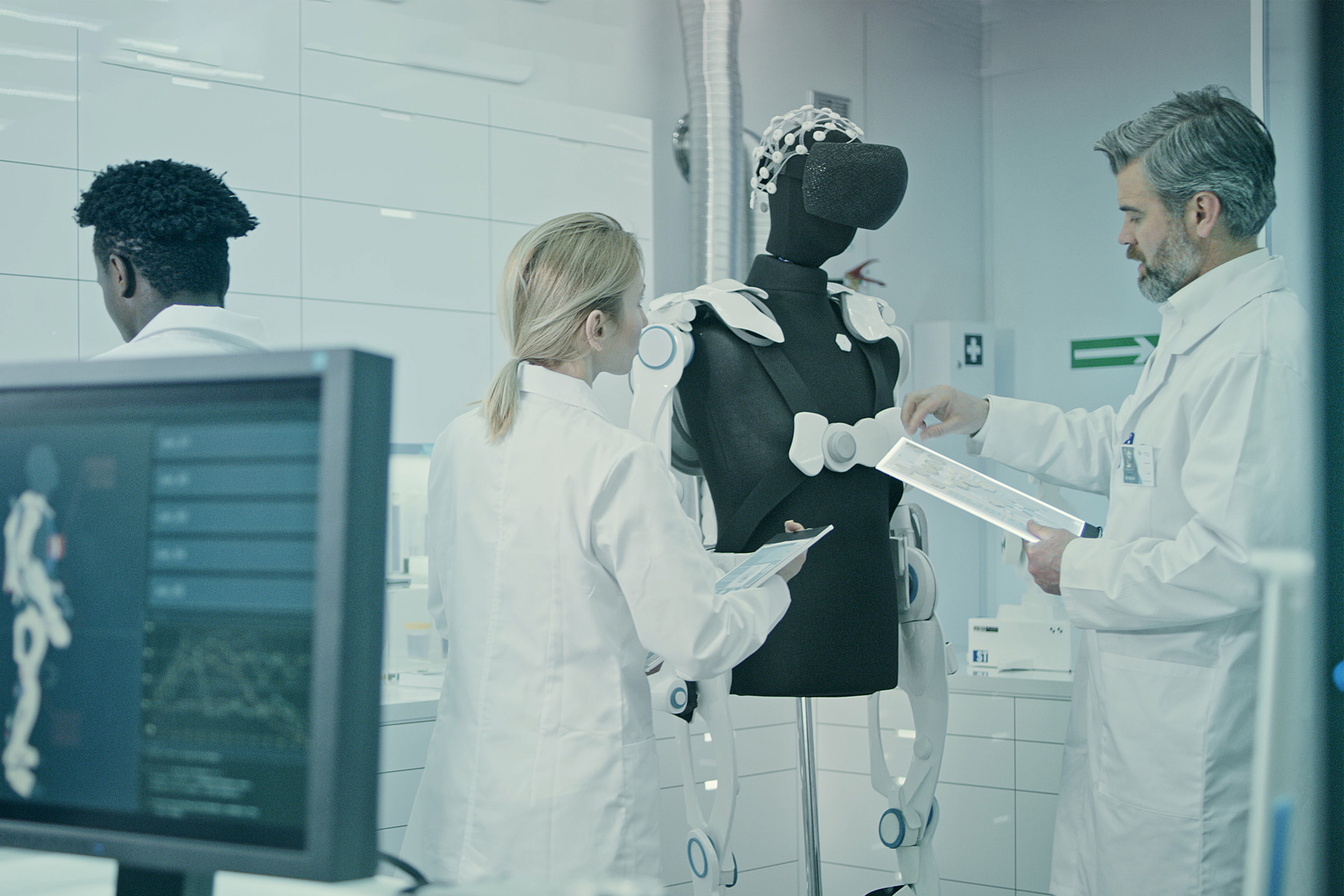EY refers to the global organization, and may refer to one or more, of the member firms of Ernst & Young Limited, each of which is a separate legal entity. Ernst & Young Limited is a Swiss company with registered seats in Switzerland providing services to clients in Switzerland.
How EY can help
Discover how EY's digital transformation teams can help your business evolve quickly to seize opportunities and mitigate risks. Find out more.
Read moreThe challenges can be divided into four main groups: high prices and investment, technological limitations, business challenges and regulations. High prices of 3D printing systems are a widely cited barrier to the adoption or extension of the technology. The build envelope and product size are also limitations for 3D printing, making it applicable mainly to smaller parts. Limitations on materials and multi-materials and concerns about product quality are also key concerns for patient safety. The market for 3D printing is experiencing a talent war as the demand for advanced experts with extensive 3D printing in this niche area continues to escalate. Another challenge is integrating 3D printing into existing systems and structures, which requires careful planning and integration into IT infrastructure. Additionally, intellectual property issues may arise, such as patent infringement, as 3D scanning devices make it easier to copy designs and create similar products. Currently, there is no specific legislation addressing 3D printing infringements.
Mergers and acquisitions (M&A) have the potential to mitigate some of those challenges. For instance, some companies that lack experience in 3D printing have partnered with specialized service providers who can offer access to different technologies and cover related activities throughout the supply chain. Mergers and acquisitions also play a role in driving innovation. In January 2021, Stryker acquired OrthoSensor, Inc., specializing in sensor technology for total joint replacement. This acquisition positions Stryker with advancements in smart sensor technologies, including smart implants, intraoperative sensors and wearables. Another collaboration took place in April 2022 when eCential Robotics joined forces with Amplitude Surgical to develop a robotic knee surgery solution. Market-leading products are also making waves in the industry: in August 2021, the FDA granted De Novo classification to the Persona IQ Smart Knee by Zimmer Biomet, cementing its position as a leading product in the market.
M&A have the potential of shaping the future of the industry and one of the primary drivers of M&A activity in the 3D printing industry for medical devices is the pursuit of innovation and technology. With the financial obstacles and growing demand for customized solutions within various industries, 3D printing has emerged as a transformative technology that has the potential to revolutionize the way companies approach production and innovation: M&A can be a game changer in facilitating the development of new technologies and bringing together complementary strengths of different companies, thereby accelerating innovation and growth. M&A can offer companies the opportunity to access new markets, geographies, and customer segments, especially with the growing demand for affordable and innovative medical devices due to aging populations and rising healthcare costs. For example, Aprecia Pharmaceuticals, a global leader in 3D printing of medications and the only FDA-validated commercial-scale drug development company, has produced the first 3D printed tablet for patients with swallowing difficulties (source: Aprecia Pharmaceuticals). Aprecia has also announced a partnership with Glatt Pharmaceutical Services, which will allow them to combine their expertise in 3D printing with Glatt's proficiency in pharmaceutical powder processing technology.
EY anticipates that transaction multiples will remain at a high level in the near to mid-term, reflecting the positive outlook for technology and the expected growth of the expanding market as adoption rates increase and costs go down. These rising 3D printing companies are transforming the M&A market by breaking down industry boundaries and creating an open system in which all parties interact within a network. As a result, raw materials suppliers are now selling directly to end customers instead of intermediaries. There are three primary reasons why companies form partnerships. Firstly, they do so to innovate and discover new applications, particularly for end-user products. Secondly, partnerships are formed to achieve technical enhancements such as improvements in machine speed or product quality. Lastly, companies may partner to create new materials that enable them to quickly identify new applications. (source: Global EY report 2019).








